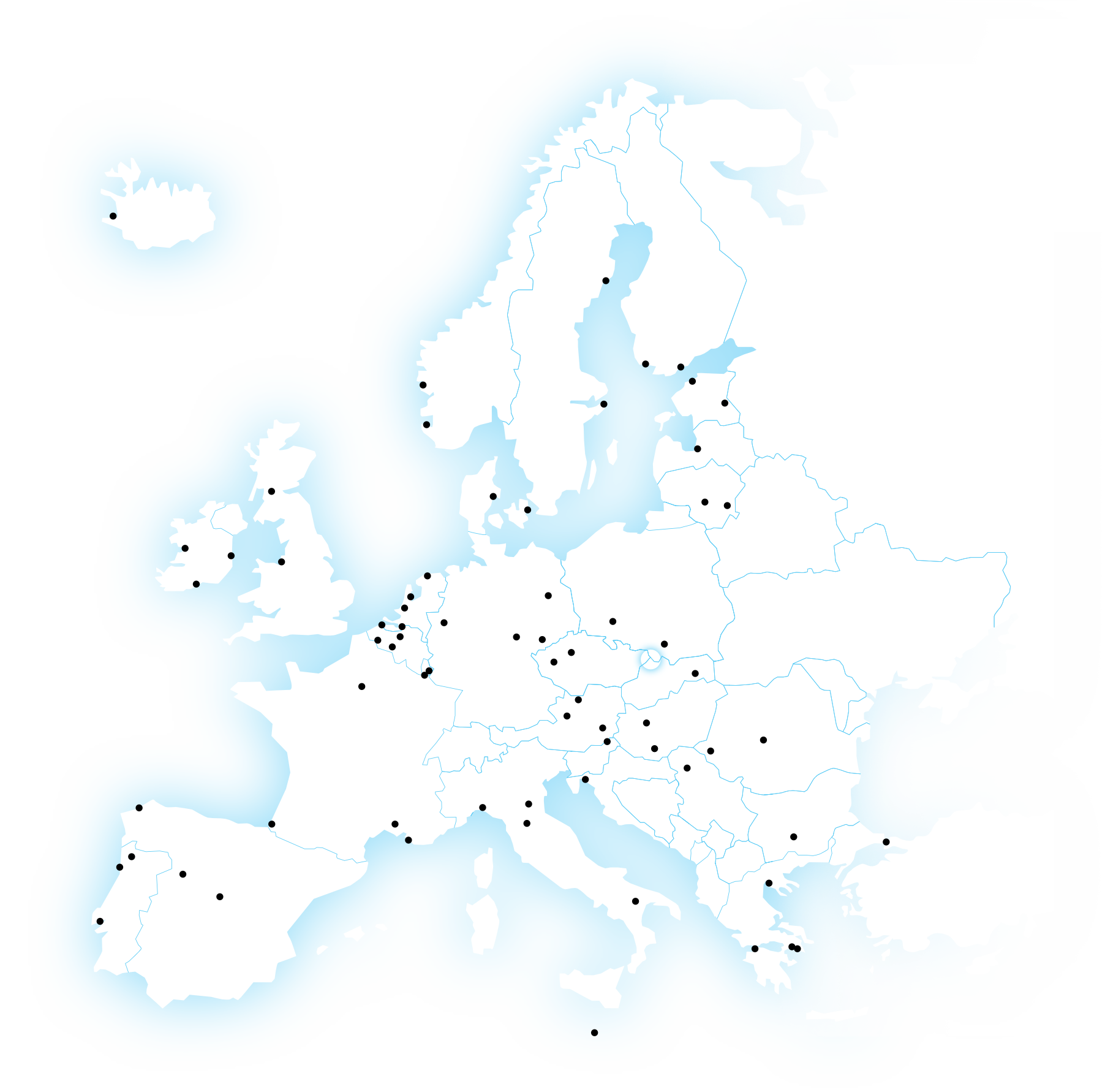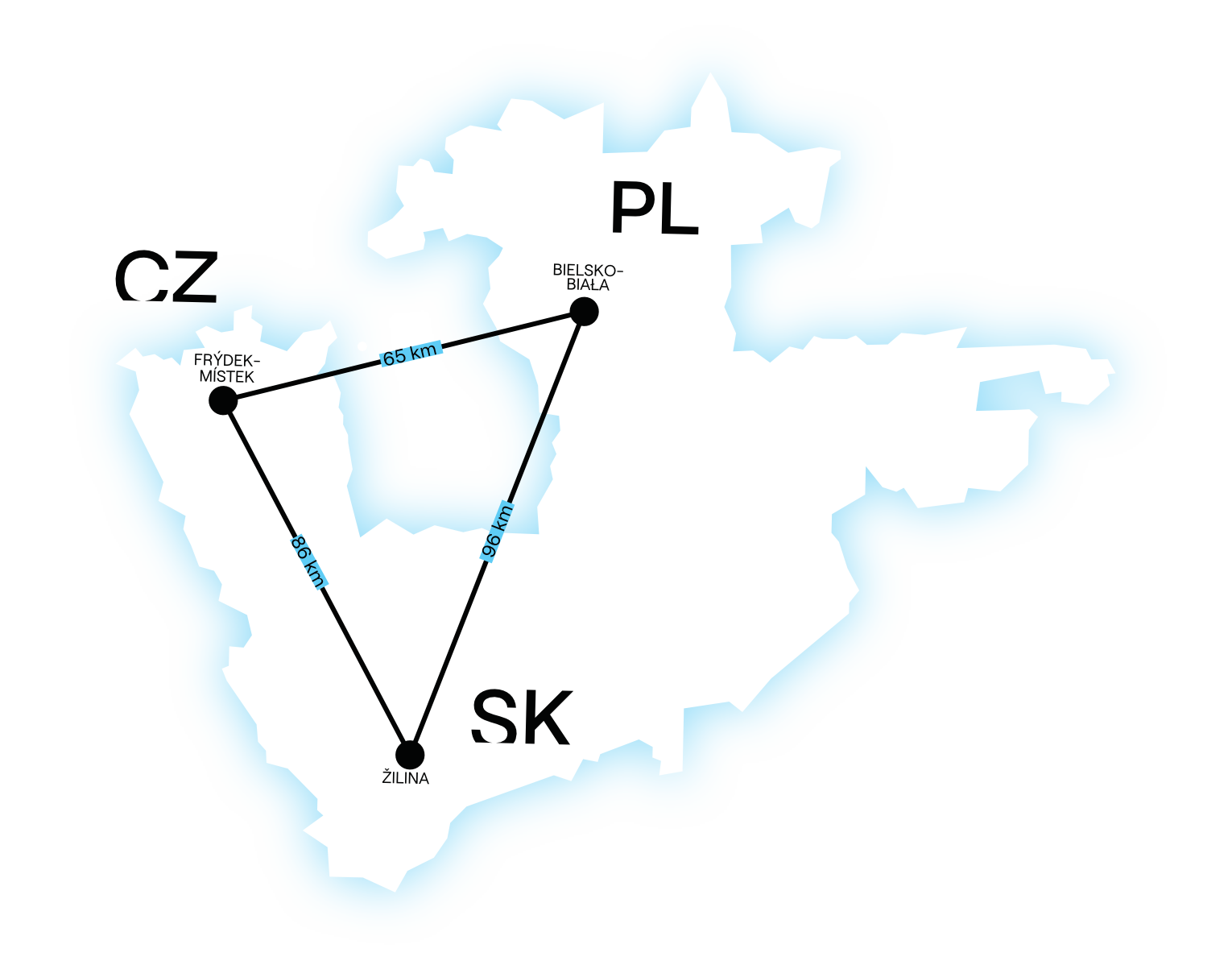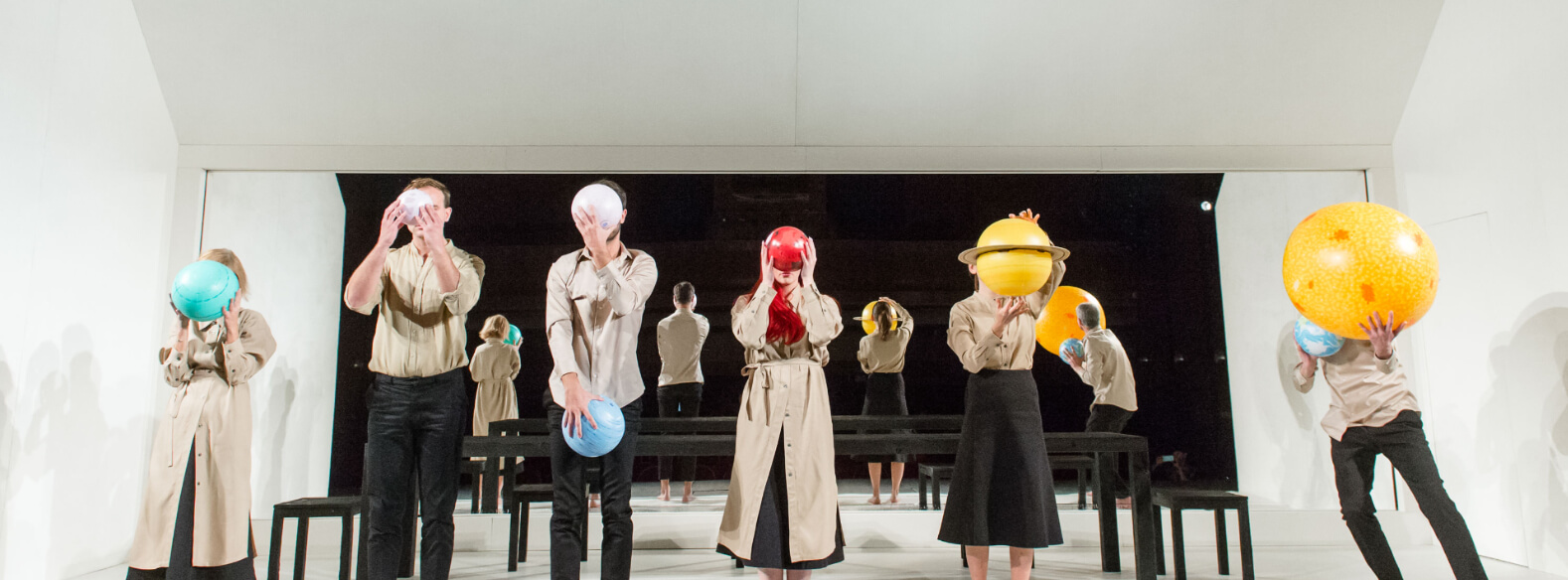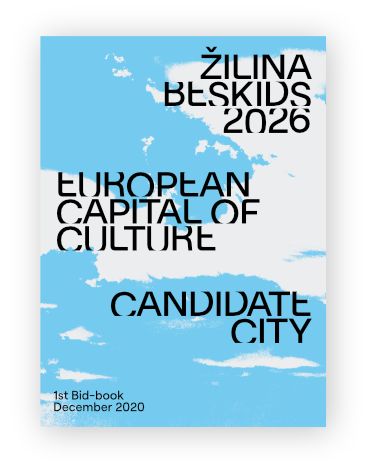
A momentum of change has been created in Žilina and we believe culture can help drive it. With project Žilina Beskids 2026 we want to take advantage of this unique opportunity.
A “window” invites opening, looking outside, and the letting in of fresh air from the Beskids and other parts of Europe. Let us be inspired and inspire others in return.

Since 1985, the title of the European Capital of Culture has been awarded to more than 60 cities across the European Union. In 2026, this title will be held by one Slovak and one Finnish city. The goal of the European Capital of Culture initiative is to present the diversity of European cultures, to promote cultural cooperation as well as to reflect on actual european issues.

We take part in the European Capital of Culture competition as a transnational consortium, together with the cities of Bielsko-Biała in Poland, Frýdek-Místek in the Czech Republic and the entire Beskids, the geographic mountains area which connects the participating cities. We feel the need to tear down the mental barriers and to work together across the national borders. Despite our differences, we agreed to unite in pursuit of a common interest, to enhance our cooperation and to make full use of our potential in order to raise our European profile.

Building a new culture of participation is a challenge that we intend to take up. Throughout the preparations, we held hundreds of in-depth bilateral meetings, site visits and workshops, where we identified collaboration opportunities, developed projects, and networked with the relevant partners in the city and the region.
Preparation of the city’s long-term cultural strategy runs in parallel with the preparatory activities for the candidacy of Žilina. The creation of this strategic document is based on analysis, participatory activities and aims to create conditions for further development of culture and creative industries in the city. Regardless of whether Žilina will eventually win the title of European Capital of Culture or not it is an opportunity to define a vision for Žilina.
